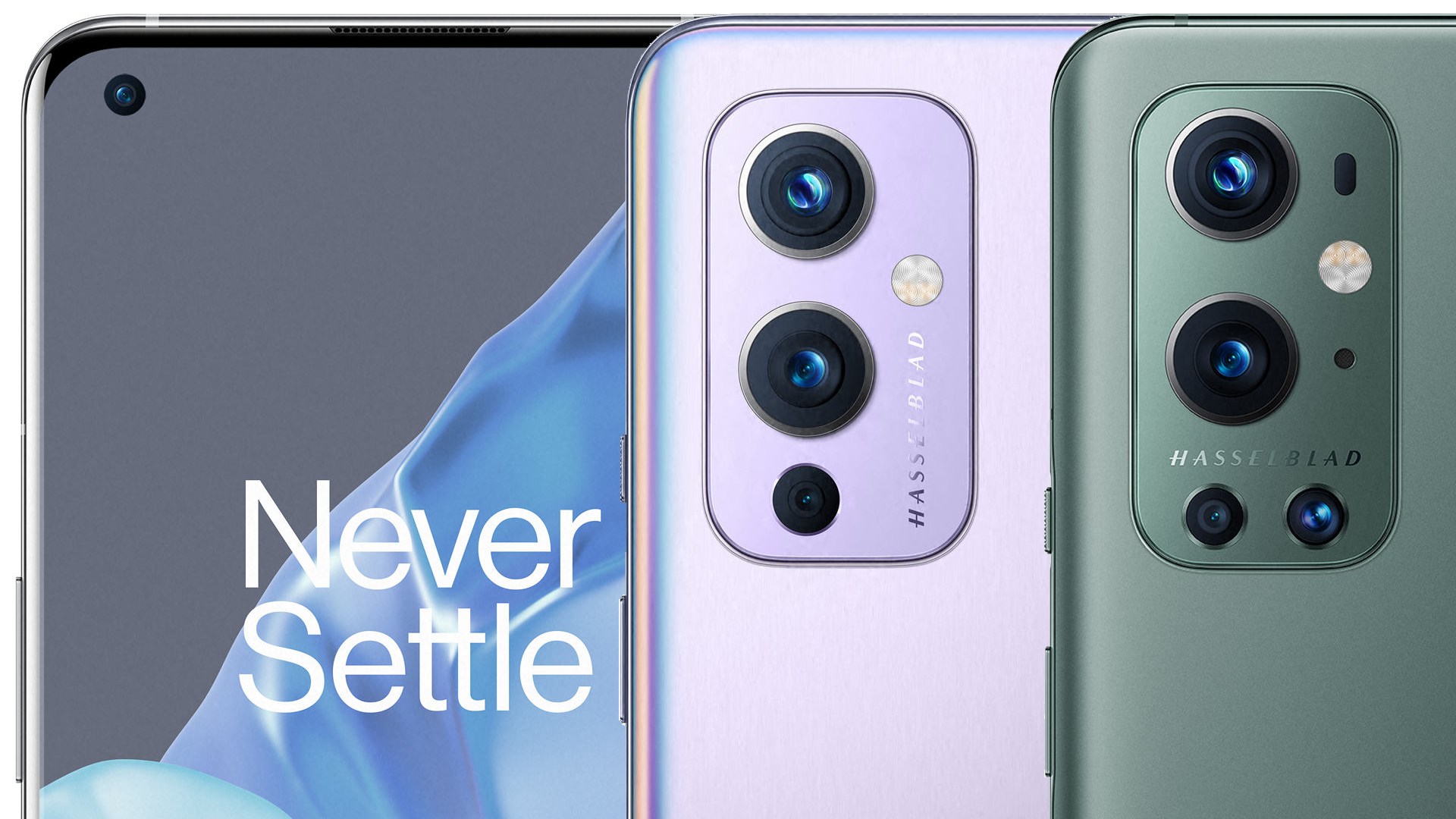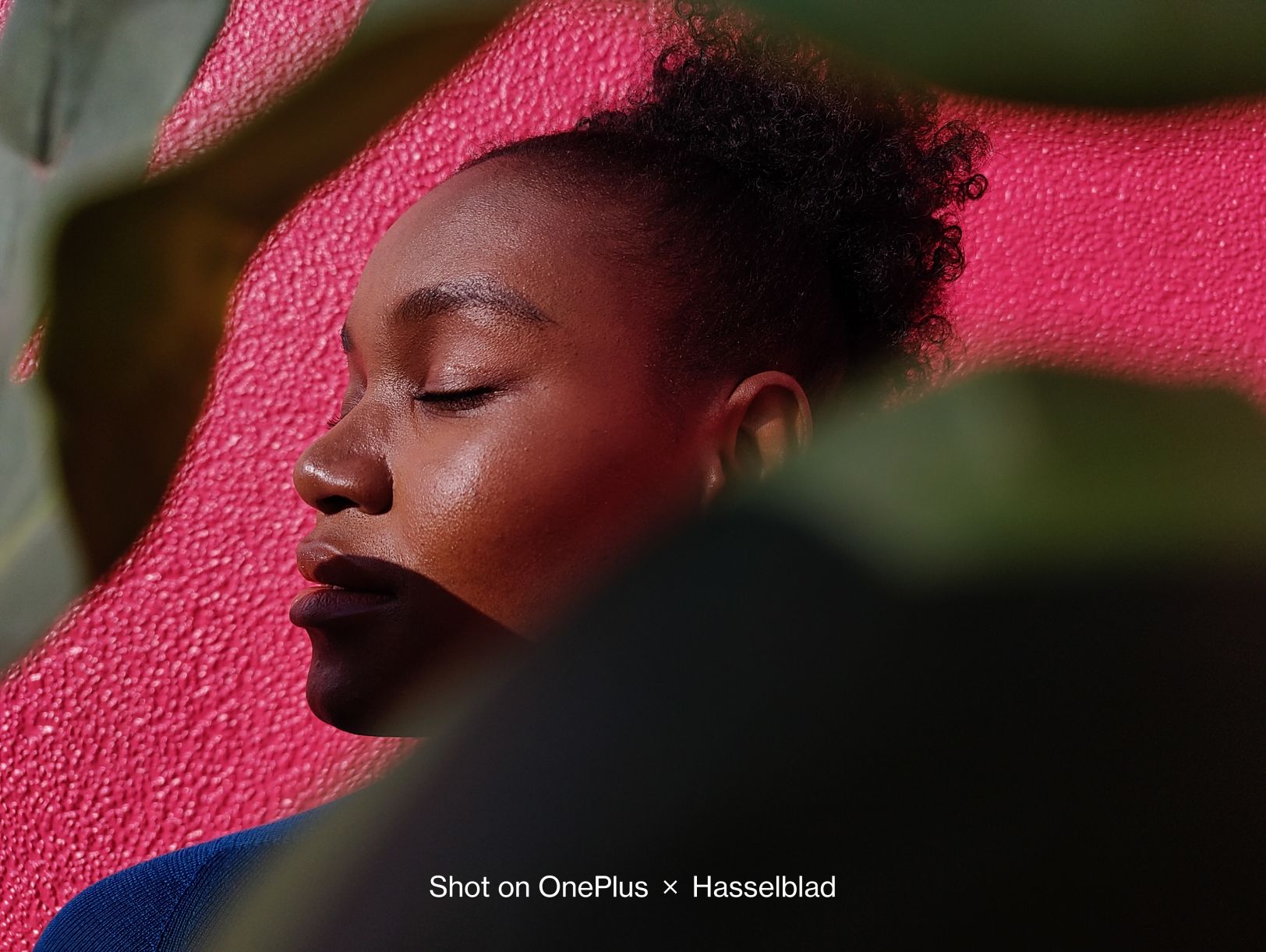
Leading up to the OnePlus 9 launch, information about its new revamped camera system continues to leak online. But along with the leaks, OnePlus has not been shy about sharing some details and uploading videos of what its new cameras will be capable of.
The OnePlus 8T showed that the company still has a long way to go to compete with the likes of the Galaxy S21 and iPhone 12 when it comes to camera quality. But OnePlus is making its case with the OnePlus 9.
- OnePlus 9 release date, price and everything we know so far
- These are the best camera phones available right now
- Plus: OnePlus 9 Pro final design and colors just leaked
OnePlus CEO Pete Lau spoke with our sister-publication Tech Radar about the new color science behind OnePlus 9's photo processing. He revealed details about the Hasselblad partnership and what the company is doing to set itself apart in the smartphone race.
These are the five biggest camera features coming to the OnePlus 9.
Sony IMX789 sensor
For the OnePlus 9, Sony has been commissioned to make the IMX789, a custom sensor that will power the main camera. This sensor will allow a 16:11 aspect ratio and implement an overlap HDR (detailed below) system that will extract more color out of a shot.
DOL-HDR
Sony's Digital Overlap HDR, or DOL-HDR, is a system that captures photos at multiple exposures to help bring greater depth to color and enhanced lighting. For OnePlus and Hasselblad, the goal will be to reproduce colors that are not only more natural, but fall in line with the Swedish company's color science.
Hasselblad cameras have a particular look, which is why some photographers are willing to pay well over $5,000 for one of its cameras. To capture this in a sub-$1000 phone could greatly elevate OnePlus, especially against Apple and Samsung.
Sign up to get the BEST of Tom's Guide direct to your inbox.
Get instant access to breaking news, the hottest reviews, great deals and helpful tips.


Hasselblad partnership and color calibration
OnePlus has committed $150 million over of the next few years to improve its camera technology. Certainly, some of that money is being sent to the medium-format camera wizards in Sweden.
According to Lau, this new three-year partnership will help OnePlus improve in color calibration.
“Natural Color Calibration with Hasselblad, which aims to bring more perceptually accurate and natural-looking colors to photos taken with OnePlus flagship cameras. It also will serve as OnePlus’ new standard for color calibration for its future smartphone cameras," Lau told TechRadar.
This is a departure from other Asian phone manufacturers that tend to over sharpen or over enhance colors. Apple and Google, on the other hand, tend to have a more muted and natural appearance. To the general consumer, the enhanced colors are preferable. For the photography enthusiast, natural colors tend to win out. By partnering with Hasselblad, OnePlus is directly taking on its American rivals.
“Applying Hasselblad’s color expertise to our smartphones was actually quite challenging, since their color science is created for traditional cameras, which is very different from how smartphone cameras work with color” said Lau. “While this has been a significant challenge to overcome, our R&D teams have been working very closely for months to co-develop our new color solution."
Ultrawide camera
LG was the first to pioneer ultrawide cameras with its G5. Since 2016, ultrawide technology has advanced greatly, with companies like Apple and Samsung jumping in. Unfortunately, ultrawide lenses do tend to have some distortion around the edges because of its wider focal length.
To get around this, OnePlus is using a freeform lens with two prisms, side by side, that can bend light by 90-degrees before hitting the sensor. The image then is stitched together, like those really wide panorama shots, giving a distortion-less 140-degree field of view. This will apparently drop the distortion to around 1%.
4K video at 120fps
4K video recording will see a major upgrade with the OnePlus 9. The main sensor will be able to record 4K video at 120fps.
"Working directly with Sony meant we were able to collaborate on a number of custom features for the IMX789," said Lau. "We were also able to significantly improve video performance and possibilities, resulting in the ability to shoot in 4K at a very high 120fps, which is something very few smartphones today offer."
While most people will not be able to tell a difference unless they're showcasing video on a 120fps display, it will allow for super high resolution and razer sharp footage in slow motion. It'll also be possible to downsample the 120fps 4K footage to 30fps. We're sure many talented content creators will come up with some impressive shots.
Imad is currently Senior Google and Internet Culture reporter for CNET, but until recently was News Editor at Tom's Guide. Hailing from Texas, Imad started his journalism career in 2013 and has amassed bylines with the New York Times, the Washington Post, ESPN, Wired and Men's Health Magazine, among others. Outside of work, you can find him sitting blankly in front of a Word document trying desperately to write the first pages of a new book.

